The first panoramic image of Mars, which was shown to the public, was actually not an image, but a mosaic consisting of colored numbers and generated from the data of a real photo.
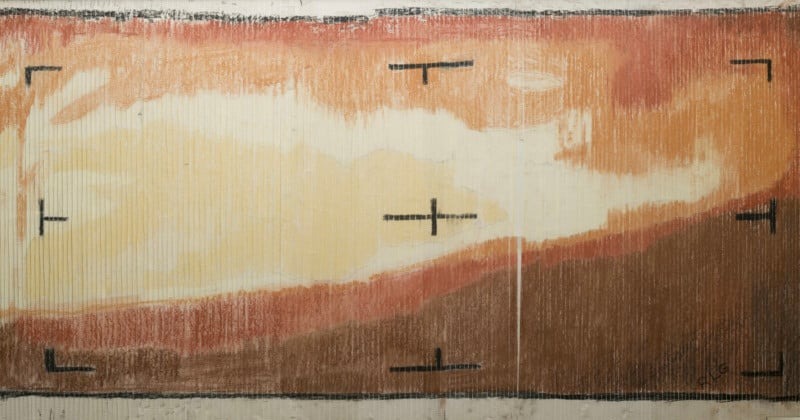
The image was taken in 1965, when the NASA Mariner 4 spacecraft flew past Mars at an altitude of about 9846 km. It was the first photograph of another planet in the history of science that was taken by a spacecraft.
Original solution for creating a photo of Mars
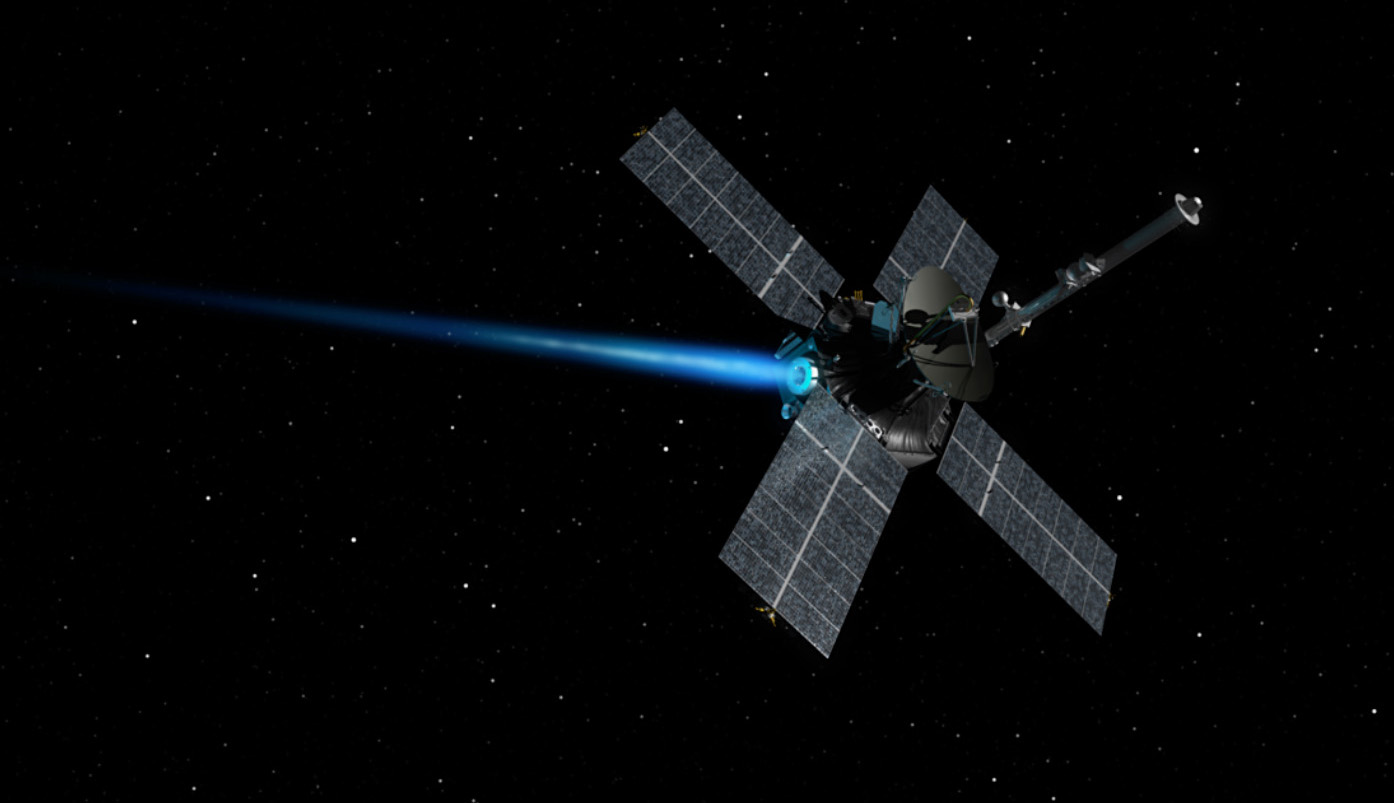
The problem was that it would take a long time for the computer to process the image sent by the probe. Therefore, the engineers came up with a way to speed up the image receipt so that the photo could be published as soon as possible to the public, who was looking forward to it. It was decided to use a binary code consisting of zeros and ones, thanks to which it was possible to create the first digital image.
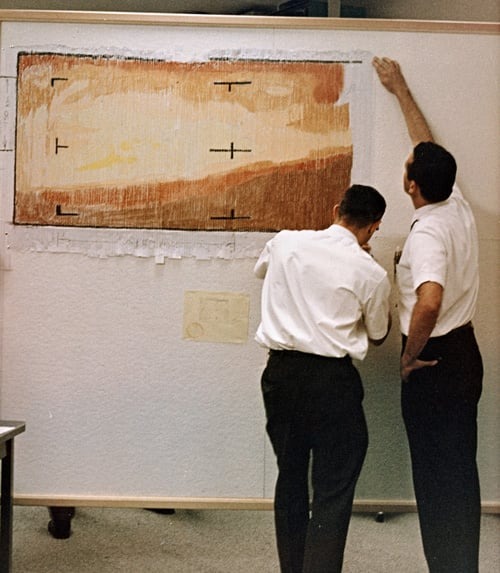


A NASA engineer from the Jet Propulsion Laboratory, Richard Grumm, went to a local art store and bought a set of colored pastels there. Then he printed the binary code (1 and 0) on the ticker tape, and the team colored the mosaic according to the brightness level. Although Grumm and his team used a red color scheme, in fact the true color did not matter, because in 1965 the image was broadcast in shades of gray.
Admiration and disappointment
When Grumm was coloring the image of Mars by numbers, the media found out about it and demanded to show the work. Despite the protest of the NASA public communication department, the photo by numbers became the first panoramic image of the Red Planet that the public saw.
The resulting photo shows the edge of the horizon of Mars, with the dark brown color in the lower part of the picture representing outer space, and the lighter area shows the planet. Comparing the drawing with the real photo, you can see the similarity.
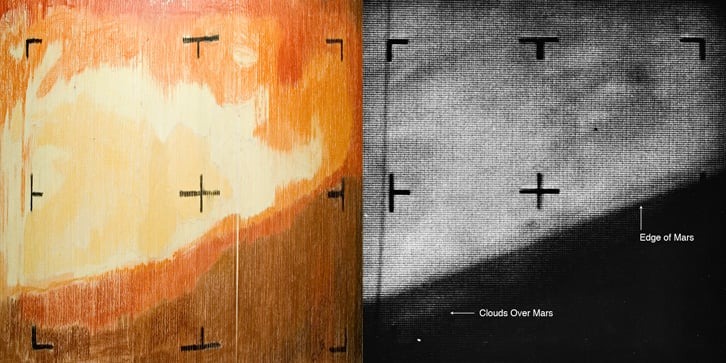
In total, the probe successfully transmitted 22 close-up images of Mars containing 5.2 million bits of data (634.77 KB).
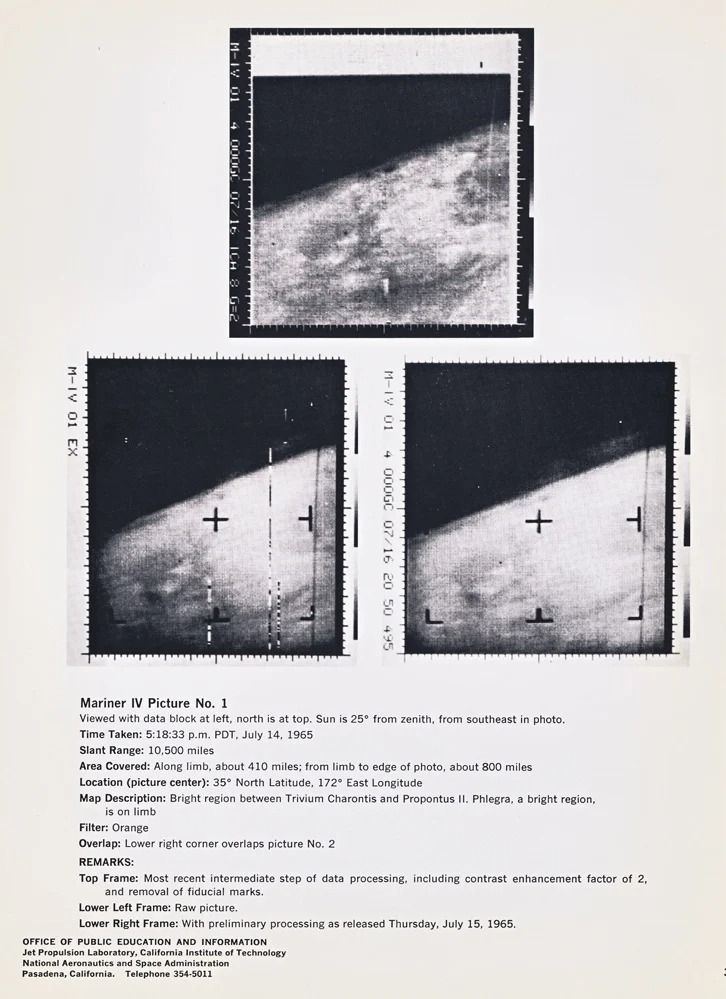
Back in the 1960s, people had the hope that there might be signs of life on Mars. But despite the fact that the photos were blurred, it was obvious that Mars was a barren and dry world.
“Mars is probably a dead planet,” The New York Times later noted, summing up the disappointment.
Earlier we reported that SpaceX published the most beautiful photo of the rocket launch.
According to PetaPixel.
Follow us on Twitter to get the most interesting space news in time
https://twitter.com/ust_magazine

